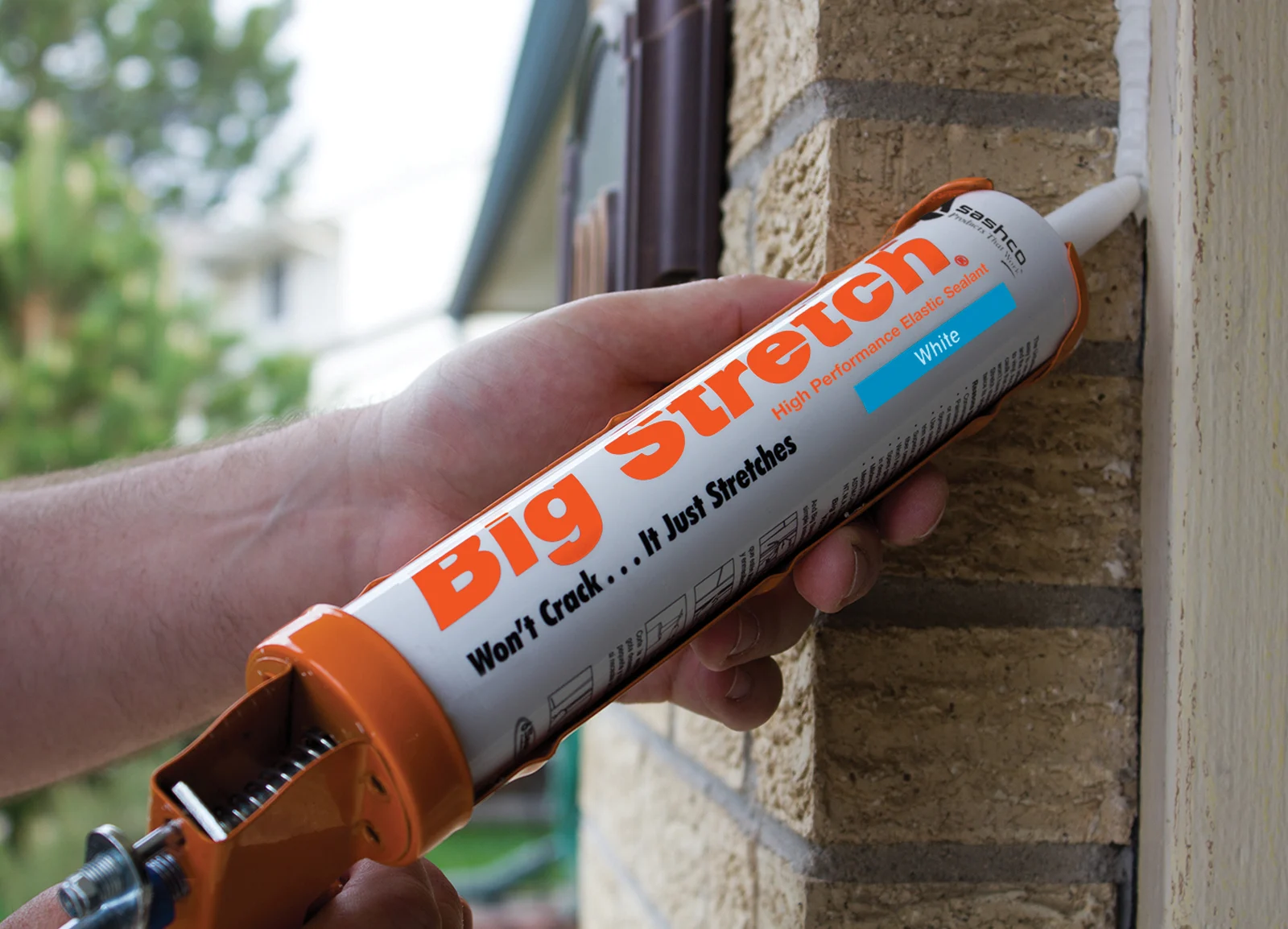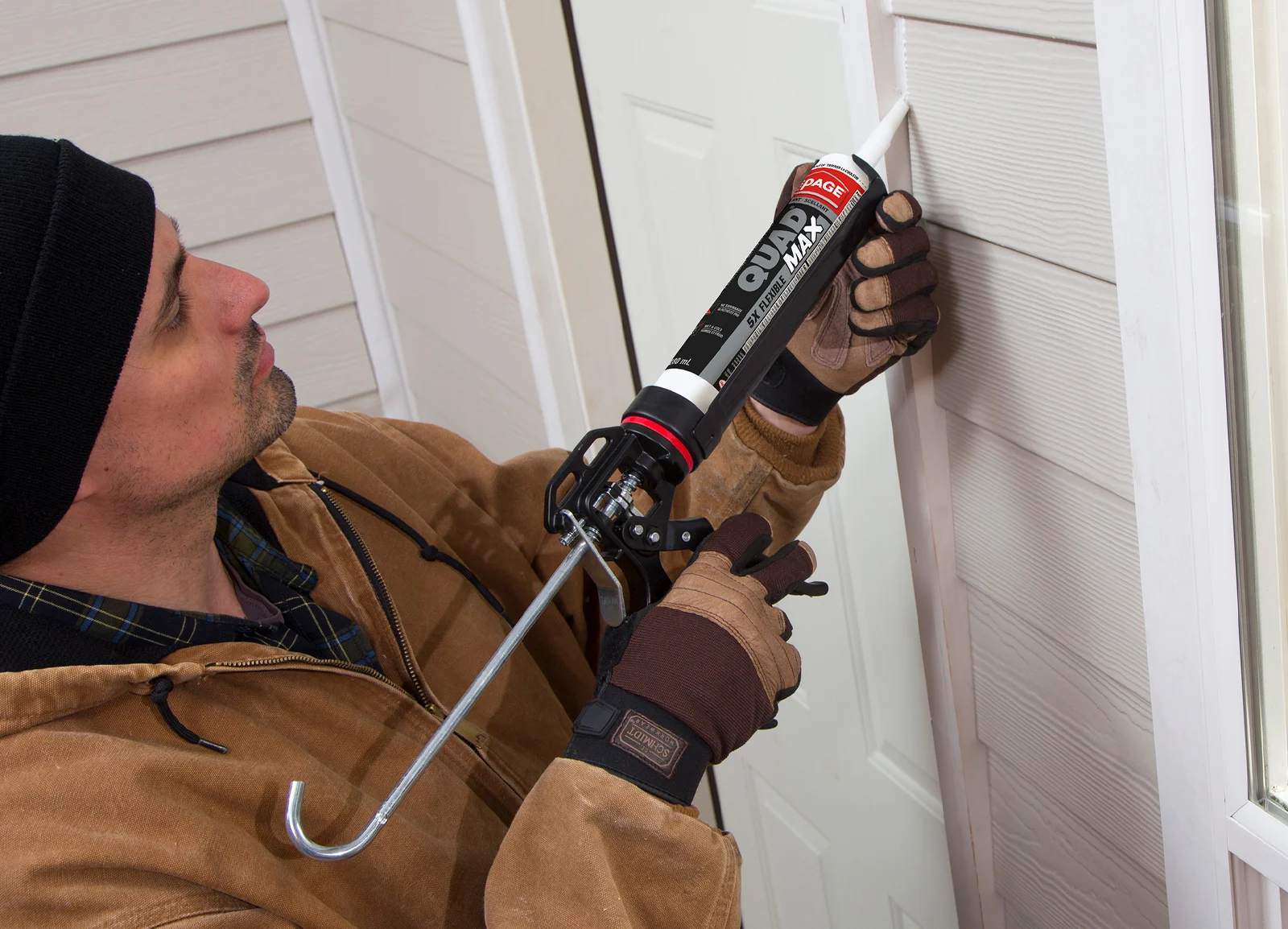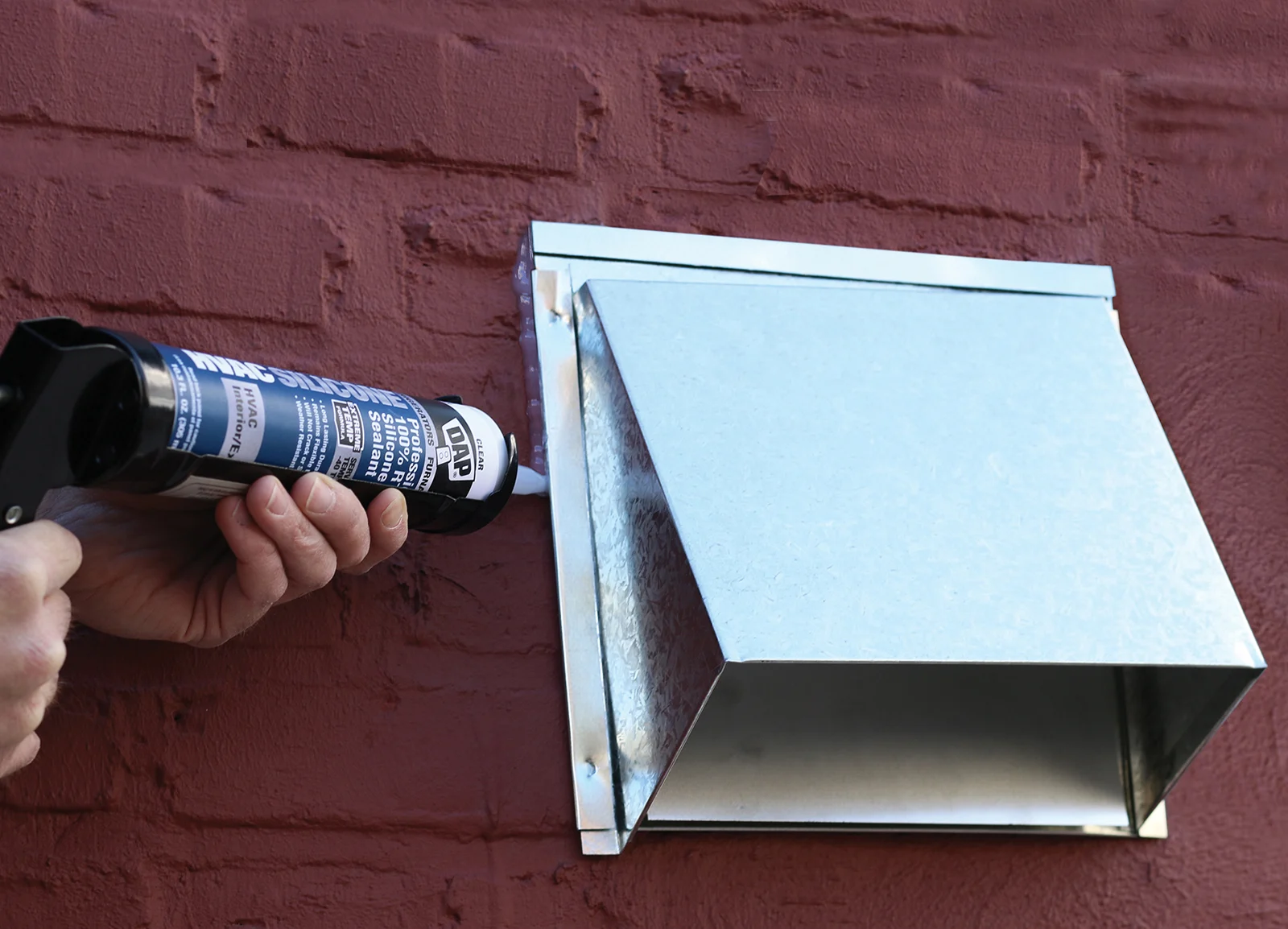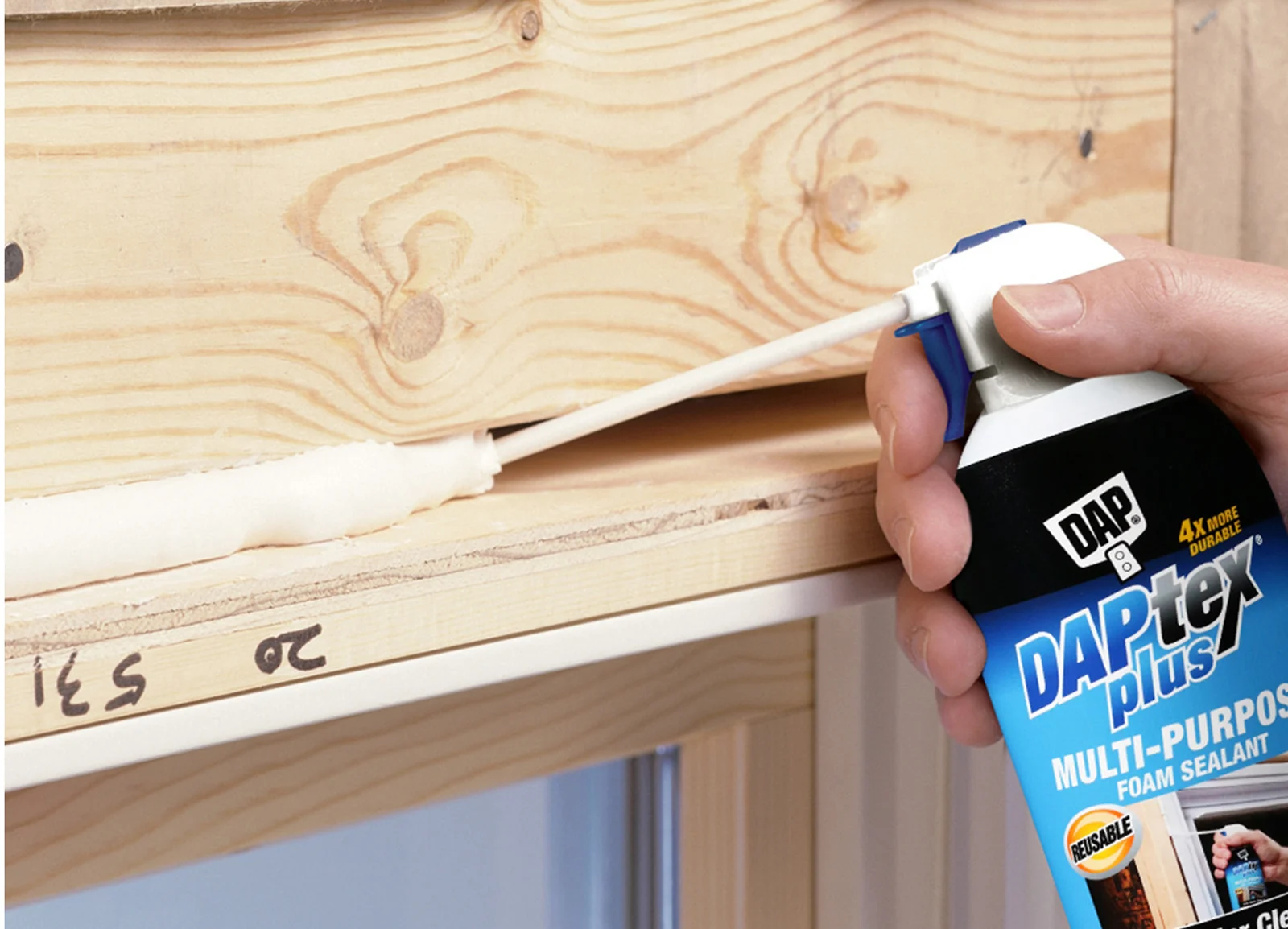Here’s How to Choose the Correct Caulking or Sealant
Caulking and sealants are MVPs at filling gaps and cracks around your home. Caulking and sealants help keep your home draft- and bug-free, and they boost energy efficiency and water resistance — but they are not the same thing. Match the right product with the right application to achieve a strong, durable seal. Here’s how to determine the right fit for every job.

Caulking & Sealant Types
Here are the main differences to be aware of between caulking and sealants, which are a more specific type of caulk, plus a couple of options that are variations of the two.




Specialty Caulking
In many cases, an all-purpose caulk or sealant will get the job done. But sometimes, you may get more utility from a specialty caulk. Here’s what to consider.
Fast Drying
Most regular caulking is dry to the touch after 30 minutes, but full curing can take up to 24 hours. Only then can it be painted. If you’re in a rush, opt for fast-drying caulk, which can be painted just one hour after application
Sanded or Unsanded
Sanded caulking has a grainy texture that helps it adhere to wet surfaces or sanded grout and expand safely into larger gaps. This makes it a good choice for 1/8-inch gaps or larger. Unsanded caulking has a smooth texture and clean finish. It suits countertops and backsplashes, but may not bond well to wet surfaces and sanded grout.
Specialty Formulas
Depending on your project, you may get superior performance from a specialty caulk like butyl caulking (can be applied to wet outdoor surfaces), gutter sealant (cures quickly and is extra flexible), marine silicone sealant (extremely water and temperature-resistant) or plumber’s putty (a malleable putty used to seal leaks in plumbing fixtures).
Caulking Accessories
Get the best possible results on DIY caulking projects with the right caulking gun and accessories. Here are several options to consider for your indoor and outdoor jobs.
Ratchet Rod Gun
This inexpensive caulking gun uses a serrated rod that “catches” with each hand squeeze. They’re a good basic tool for general use.
Smooth Rod Gun
Also known as a dripless caulking gun, this type of caulking gun features a thumb lever to release pressure without letting any extra caulk or sealant ooze out
Revolving Frame Gun
This type of caulking gun has a swivel frame type that allows you to run your caulking bead around corners without interruption for a cleaner, smoother look
Caulking Multi-Tool
Ensure professional-looking results with this scraper and blade tool. It removes old caulking and sealant and neatens the bead on new seams for a clean look.
Power Gun
The pneumatic electric or pneumatic battery-powered caulk gun trades the standard hand trigger for a precise finger trigger. This helps reduce hand and wrist fatigue while allowing you to better focus on your bead.
Caulking Tape
This decorative tape covers mildew and can seal seams without any mess. It’s not a caulk substitute, but a good temporary fix between caulk jobs